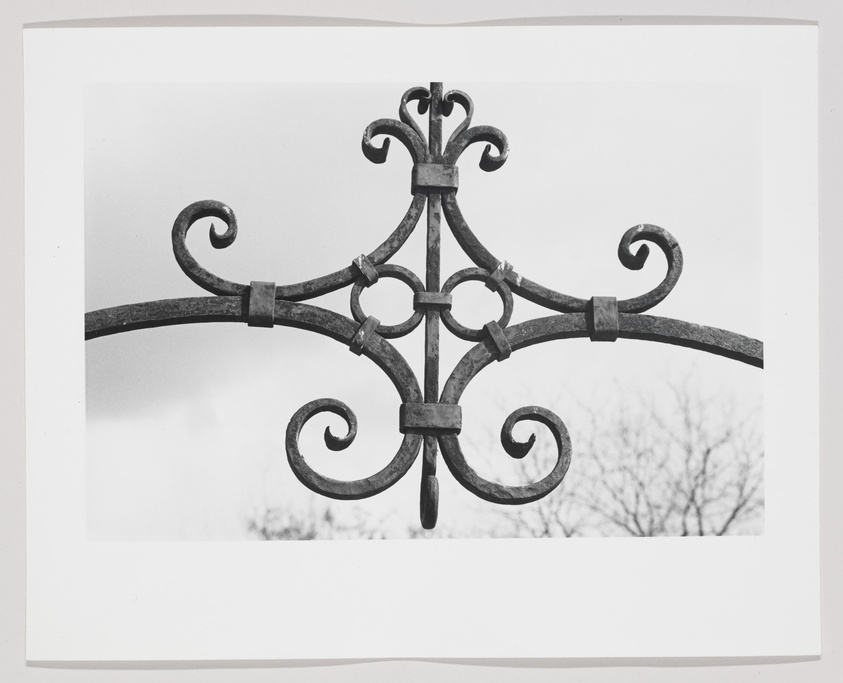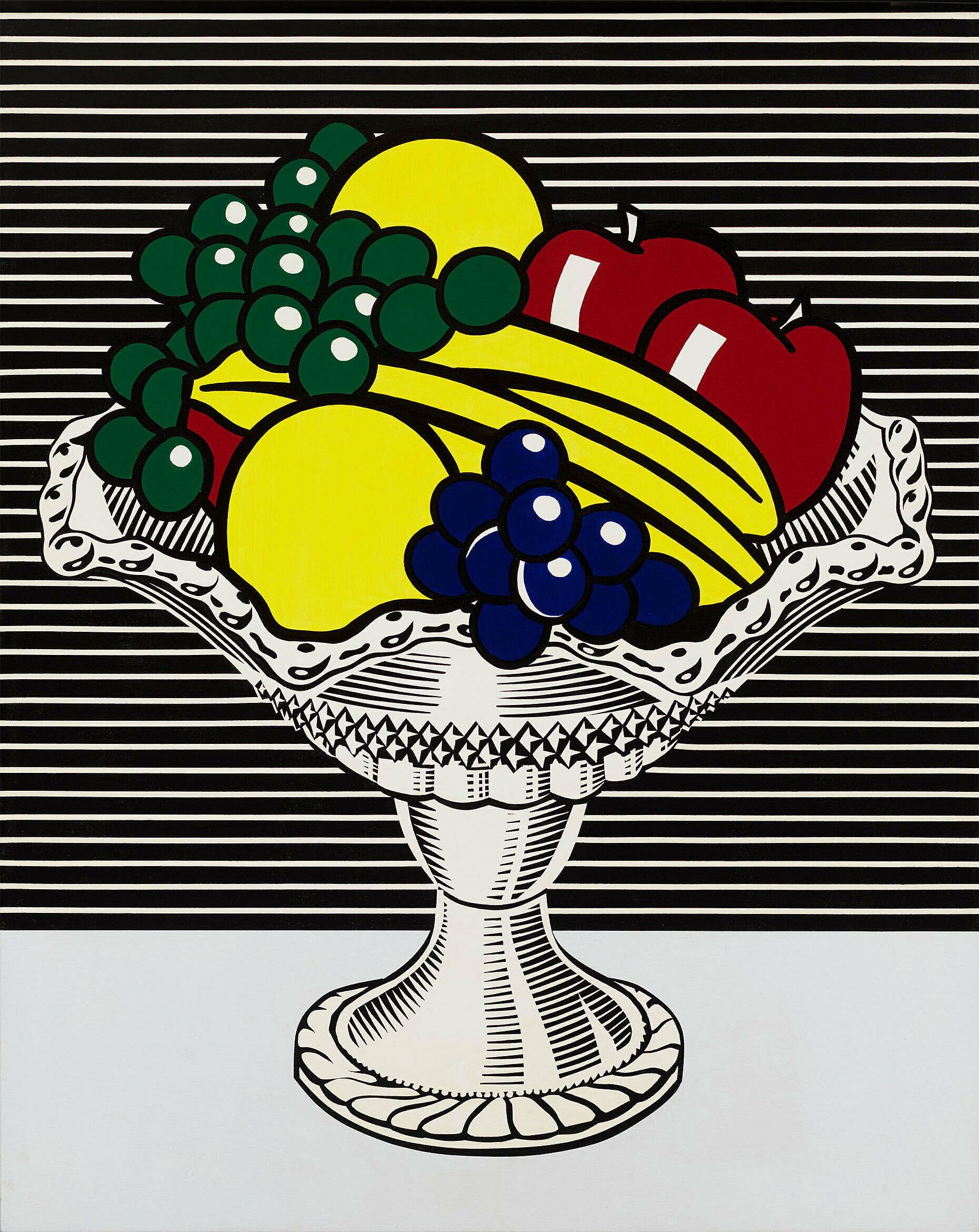About this artist: Ralston Crawford
Feb 8, 2013
0:00
About this artist: Ralston Crawford
0:00
Narrator: Ralston Crawford is often identified as a Precisionist artist, because his best-known paintings use flat planes of color and clean lines to portray American industry. But a number of factors separated him from Precisionists such as Charles Demuth and Charles Sheeler. For one thing, he was twenty-three years younger than they were, and so belonged to a different generation. And his subjects weren’t always so optimistic. In both paintings and photographs, he’d focus on small details of the industrial landscape: shadows or mechanical underpinnings that might not otherwise be celebrated.
Crawford was changed as an artist by World War II, both in his artistic style and in his approach to technology. He was drafted into the Army Air Force, and he served as an artist drawing charts for the weather division. In 1946, he was sent by Fortune magazine to document the atomic-bomb test at Bikini Atoll. He developed a jaggedly abstract style, one that suggested the horrors of the atomic test, and those of postwar ruins in Germany, which he visited as a tourist. In his paintings, Crawford evoked these devastated environments using abstract shards of flat, planar color that appear as shattered vestiges of his previous style.


